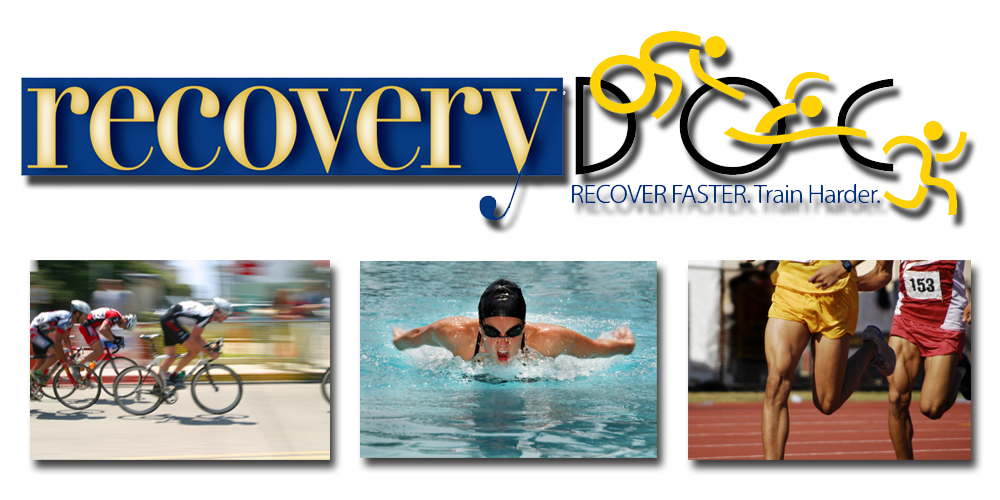
According to ASN Spokesperson Shelley McGuire, PhD: "These studies, and others like them, help us understand and apply something we all inherently know: the human body works in a complex, yet completely logical way! It makes good sense that consuming a food containing high-quality protein (like milk) during and/or immediately following exercise would help muscles get stronger. Muscle strength doesn't just happen on its own - our muscles need to be both encouraged (as happens via exercise) and nourished (as happens when we eat well). Now we have even more scientific proof for this common-sense concept."
In the first study, researchers led by Stuart Phillips (McMaster University) investigated whether postexercise muscle protein synthesis is different when a large, single dose of whey protein (25 g) is consumed immediately after activity compared with when smaller doses (2.5 g) are consumed 10 times over an extended period. The idea with the small "protein shots" was to mimic how another milk protein, casein, is digested. Participants (8 men; mean age: 22 y) performed 8 sets of 8 repetitions on a leg-extension machine; each subject participated in both dietary treatment regimens. In the second study led by Stefan Pasiakos from the US Army Research Institute of Environmental Medicine, active-duty military personnel (7 men and 1 woman; mean age: 24 y) consumed a high-protein beverage (10 g protein as essential amino acids) containing 1.87 or 3.5 g leucine while exercising on a stationary bicycle. In both studies, postexercise muscle protein synthesis was evaluated.
Consuming the large bolus of whey protein immediately after exercise increased muscle protein synthesis more than when periodic smaller doses of protein were consumed. In the second study, muscle protein synthesis was 33% greater after consumption of the leucine-enriched protein beverage than after the lower-leucine drink.
The researchers concluded that muscle metabolism after exercise can be manipulated via dietary means. In terms of the most beneficial timing of protein intake, immediate postexercise consumption appears to be best. Furthermore, leucine may play an especially important role in stimulating muscle growth in the postactivity recovery period.














.JPG)




